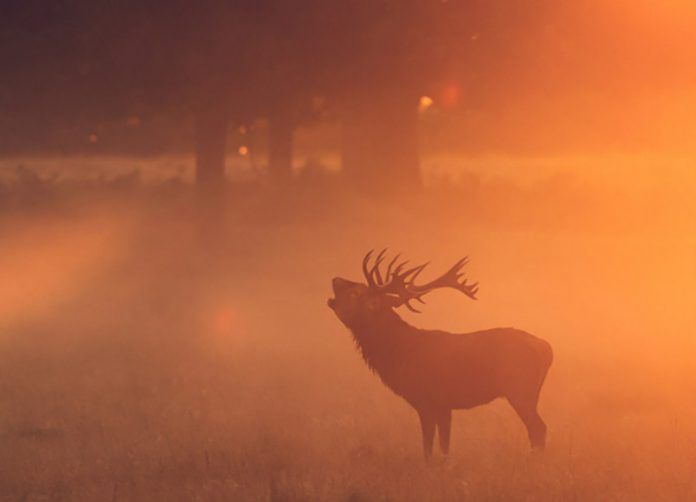By Kayhan Life Staff
Women are not banned from national parks, natural heritage sites, wildlife refuges, and protected areas during the breeding season of red deer, the head of the Iranian Department of Environment, Dr. Isa Kalantari, has said.
In comments reported by the Iranian Students News Agency (ISNA), Dr. Kalantari noted: “The Department of Environment has not issued a directive banning women from national parks, natural heritage sites, wildlife refuges and protected areas during the breeding season of red deer.”
“Park rangers in one province had acted on their own and implemented the measure,” Dr. Kalantari explained. “Women are not prohibited from entering any nature reserves during the breeding season of red deer.”
A few days earlier, ISNA had reported that the Department of Environment had issued a directive banning women from national parks, natural heritage sites, wildlife refuges, and protected areas during the breeding season of red deer.
Women Are Banned from Iran’s Wildlife Parks during Mating Season
The Caspian red deer, also known as maral, noble deer, or eastern red deer, are native to the Black Sea region and along the Caspian Sea. They are found predominantly in the Hyrcanian forests, which stretch 850 kilometers along the southern coast of the Caspian Sea in Iran and the Republic of Azerbaijan. The forests cover nearly 55,000 square kilometers and spread through parts of the five Iranian provinces of Northern Khorasan, Golestan, Mazandaran, Gilan, and Ardabil.
During the breeding season, or the rut, which starts in late September and continues through November, male red deer (stags) return to the home of female red deer (hind) in the Hyrcanian forests.
The broad-leaved forests date back 25 to 50 million years. Almost 44 percent of vascular plants known in Iran grows in the Hyrcanian forests, which only cover 7 percent of the country. Wildlife conservationists have recorded 180 species of birds and 58 mammal species, including the Persian leopard, in the Hyrcanian forests.
The Caspian red deer have been hunted since 1930 in Russia, which has caused a significant drop in their population. Their numbers in eastern Georgia dropped from 2,500 in 1985 to 880 in 1994. The Caspian red deer primary predators include leopards and wolves.
This article was translated and adapted from Persian by Fardine Hamidi.








